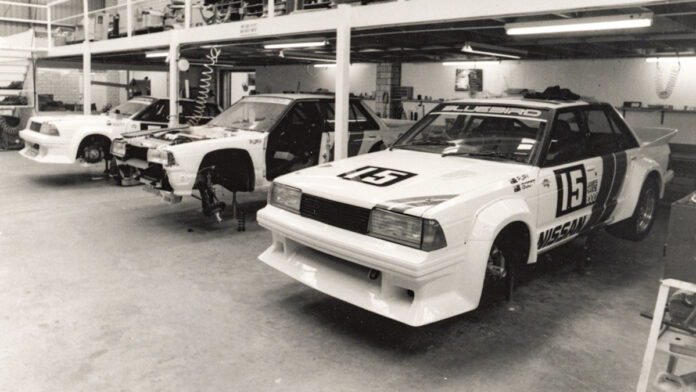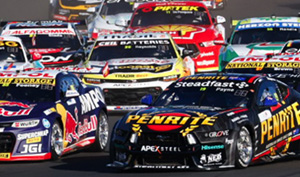APPROACHING 40 years since a Nissan Bluebird scored pole position for the Bathurst 1000, stories of how the turbocharged cars achieved their speed have become legend.
The 1.8-litre Bluebirds were the first competitive turbos in Australian touring car racing and, together with the rotary Mazda RX-7s, shook up the V8 establishment in the early 1980s.
In recent years Fred Gibson, a driver for the Howard Marsden-run Bluebird program who eventually took over the Nissan team, has been open about the fact some “fudging” of the rules occurred.
But is it really true that the Bluebirds had a turbo boost adjuster knob hidden in the ashtray? And that the drivers could alter the brake bias via the headlight switch?
IT’S BACK! Bathurst pole Bluebird’s first race since 1985
On the latest episode of the V8 Sleuth Podcast powered by Repco, former Nissan factory driver Gary Scott opens up on these topics as part of a lengthy chat about his career.
Scott was drafted into the Nissan team ahead of the 1983 endurance races and was co-driver of the car that George Fury drove to pole at Bathurst the following year.
“George and I will hold our hands on our heart and tell you, yes, it did have the ashtray, it had an adjustable boost in it and yes, our headlight switch had the adjustable brake balance,” he confessed.
LISTEN: Part 1 of Gary Scott on the V8 Sleuth Podcast
However, as with many stories from the past, Scott stressed that the two devices weren’t quite the game-changers that they may appear to be.
“The boost is adjusted by wastegate, it’s under the bonnet. The little gauge in the ashtray was so finite, it was to finely tune the boost,” he continued.
“What you would do is, imagine we used 1.7 bar boost in qualifying. You’d go out and it might have 1.69 bar boost. You would probably wind this thing 15 times to get it to go a point of a bar.
“I never, George never, ever touched the ashtray in a race. It was only to fine-tune the boost if it wasn’t quite set perfectly.”
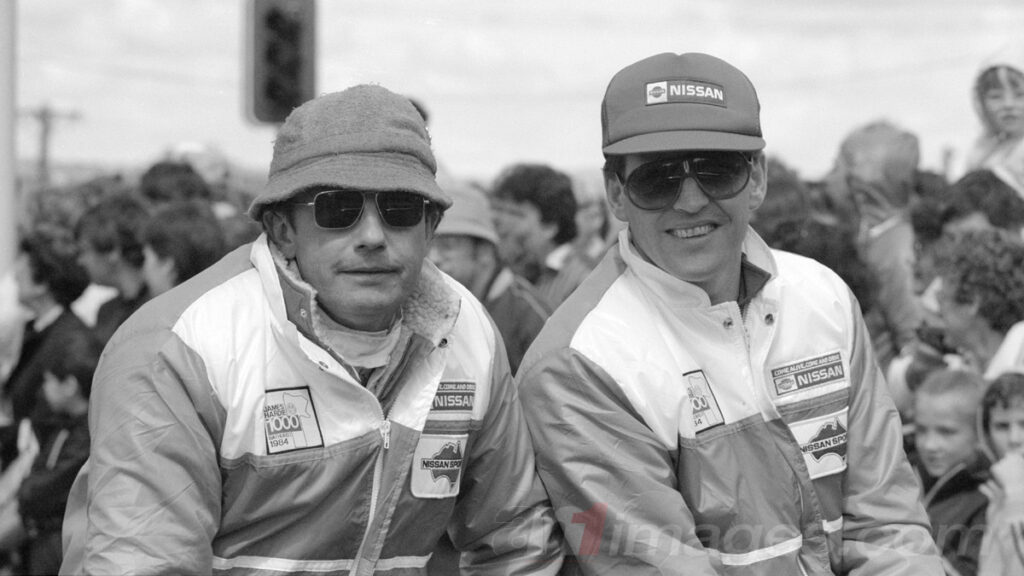
Scott also downplayed the use of the brake bias adjuster in race conditions, saying he only used it in endurance races where fuel loads varied greatly during a stint.
However, he was not shy about another trick that he says helped Fury in his famous 1984 Hardies Heroes run at Mount Panorama.
“Howard and the boys came up with this idea of running air conditioning Freon gas straight onto the intercooler,” said Scott, who recalled testing the effectiveness of the system at Sandown.
“We filled a fire extinguisher (pointed at the intercooler) with the stuff and I was sent out with a thermometer, fundamentally… quite a bit of sophisticated gear, in the spare car.
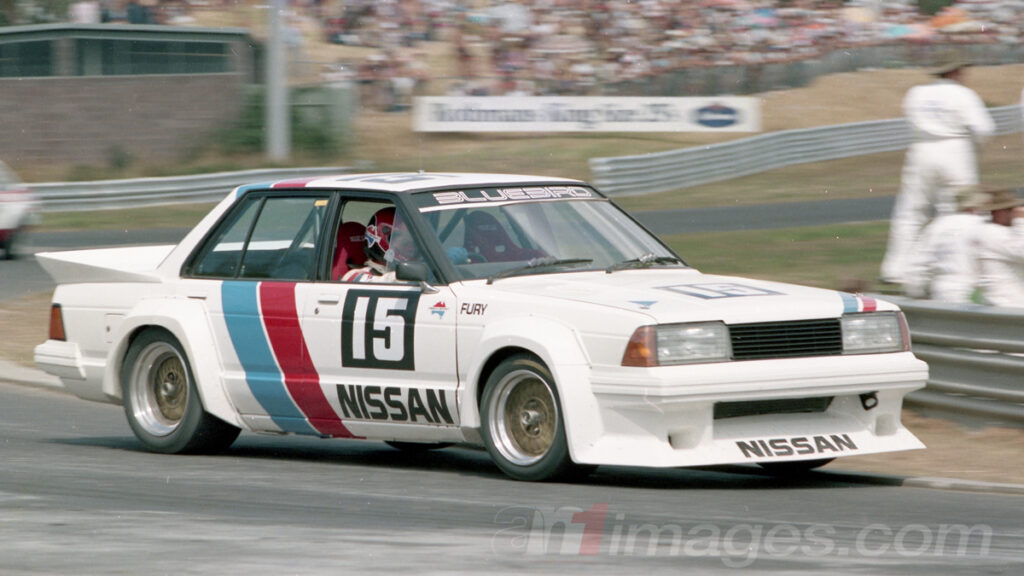
“My job was to do the read-out on the straights (via radio) to Howard (in the pits) and they would record it.
“The temperature in the intercooler chamber coming into the engine was 30 degrees, 35, whatever. I hit the button and I’m reading it out to Howard; 25, 20, 15, 10, 10, minus 5, minus 15, minus 20!
“It went from plus 30 to maybe minus 30 in half the length of the back straight. You could imagine what that could do because we could run a lot more boost!”
Scott said the combination of that and cool ambient conditions at Bathurst set the scene for Fury to record the fastest-ever touring car lap of the pre-Chase Mount Panorama circuit.
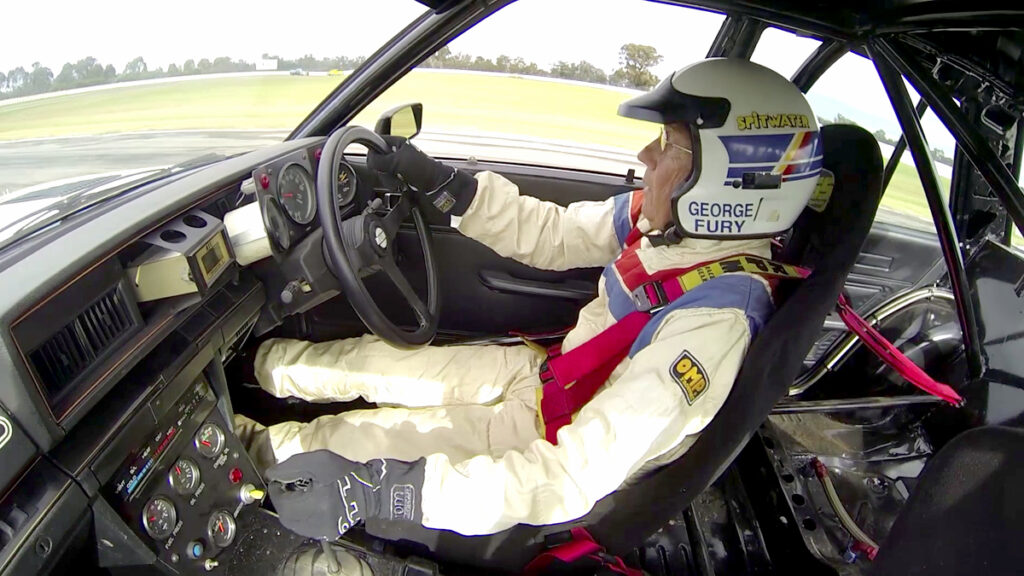
“(In Hardies Heroes) I think it ran 1.8 or 1.9 (bar of boost), more than we’d ever done. George only used it on the straights, but he gave it a hit and that would have given us a lot of power.”
A very similar trick was allegedly employed under the bonnet of Peter Brock’s Mobil Ford Sierra in the Bathurst Shootout in 1989.
Although no technical breach was proven and Brock’s pole position stood, the Mobil team was later fined $5,000 for a “moral infringement of the rules”.
As Scott points out, it’s likely no coincidence that key members of the Bluebird program had by that point transitioned to the Mobil outfit.
“What do they say? You weren’t cheating at all, you were just pushing boundaries,” Scott cheekily concluded.
“(But) don’t take anything away from George (Fury), he was an unbelievable driver, a ripper teammate, ripper guy… he was one hell of a driver.”


